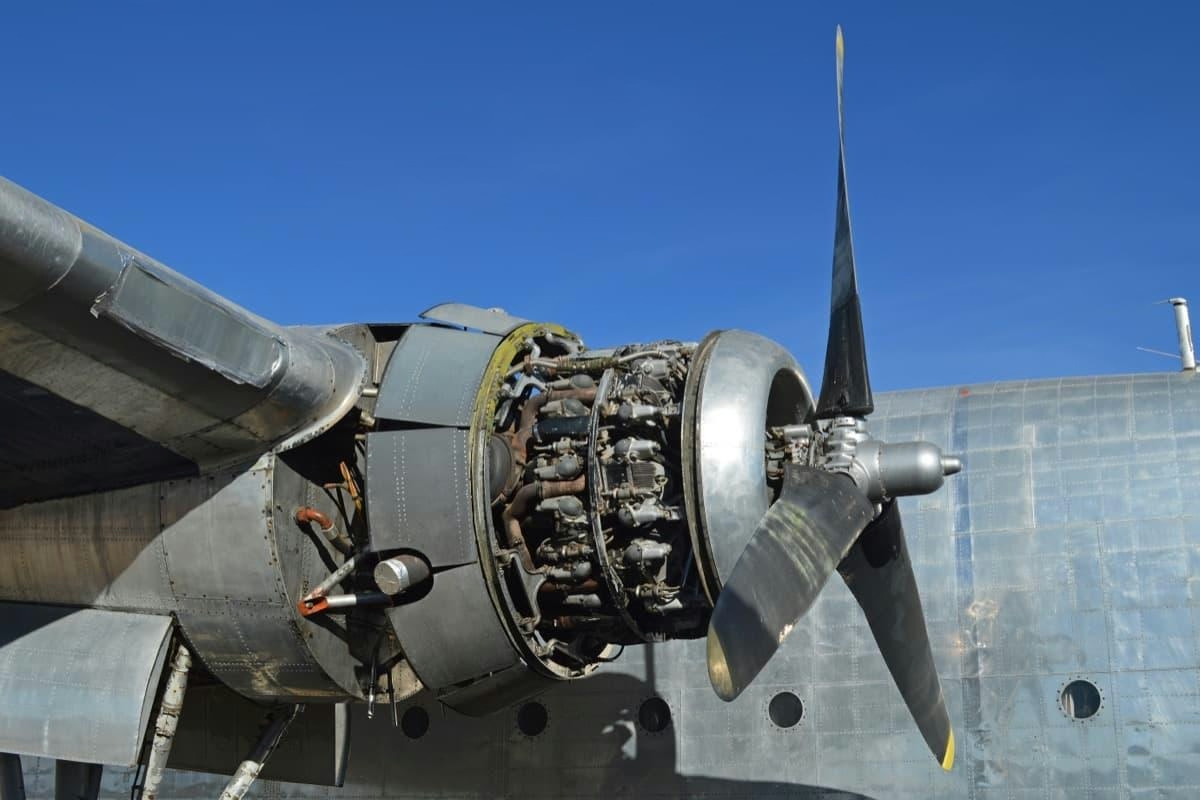
AeroGenie — 您的智能副驾驶。
热门趋势
Categories
Analysis of the Aviation Compliance Monitoring Software Market
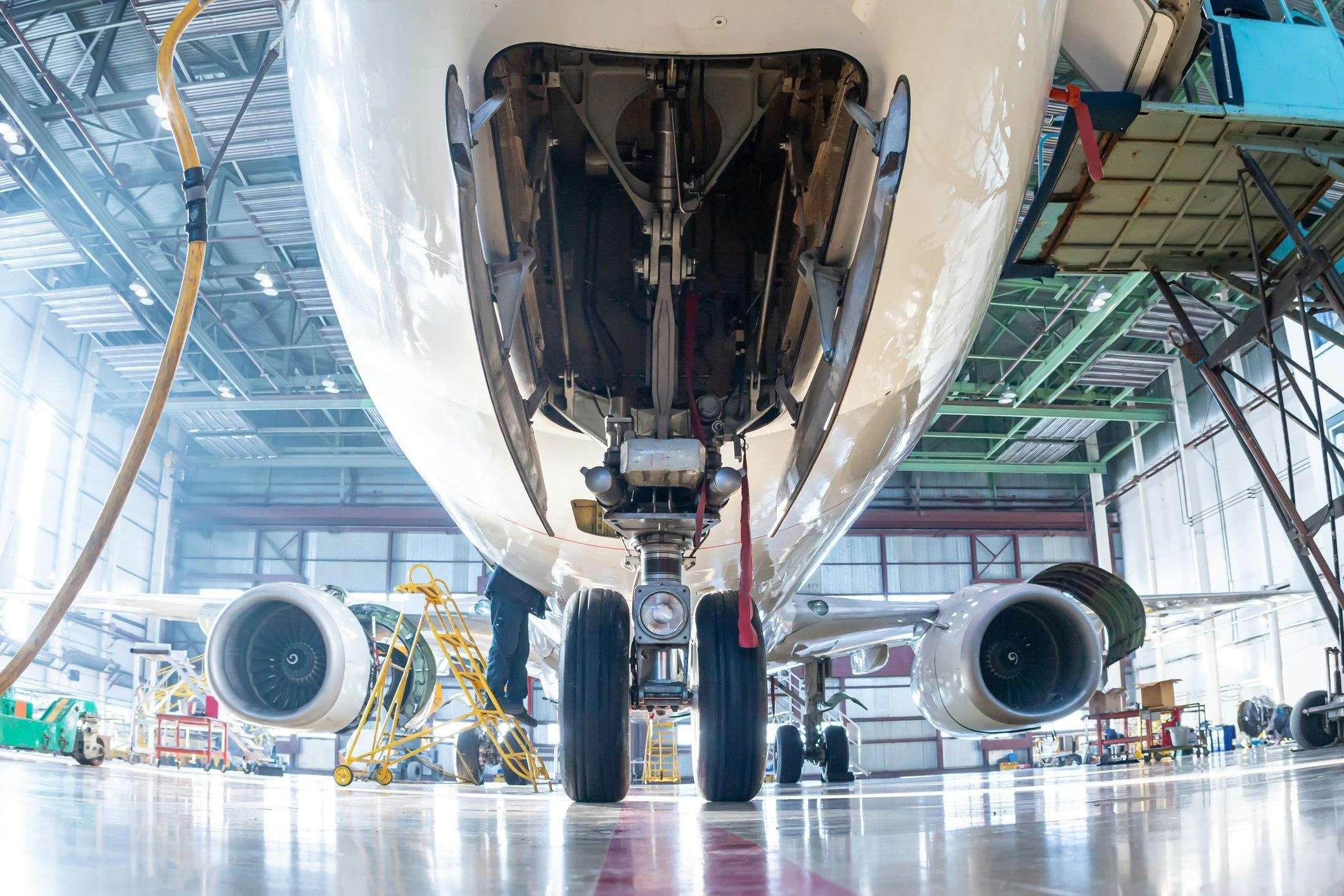
Analysis of the Aviation Compliance Monitoring Software Market
The global aviation compliance monitoring software market is witnessing significant expansion, with its valuation reaching USD 9.4 billion in 2023. Forecasts project the market to grow from USD 10.1 billion in 2024 to USD 18.2 billion by 2032, reflecting a compound annual growth rate (CAGR) of 7.6% between 2025 and 2032. This robust growth underscores the increasing importance of compliance management within the aviation industry amid evolving regulatory landscapes and technological advancements.
Market Drivers and Technological Advancements
The primary catalyst for this market growth is the steady rise in global air traffic, which has heightened the complexity of regulatory oversight and safety requirements across airlines, airports, and maintenance, repair, and overhaul (MRO) facilities. Regulatory authorities such as the Federal Aviation Administration (FAA) and the European Union Aviation Safety Agency (EASA) continuously update compliance standards, compelling industry stakeholders to adapt swiftly to avoid costly penalties, aircraft groundings, and reputational harm.
Simultaneously, the digital transformation sweeping through the aviation sector is reshaping compliance processes. The integration of advanced technologies—including artificial intelligence (AI), real-time data analytics, and cloud computing—has enabled more efficient, automated, and accurate compliance monitoring. These innovations reduce dependence on manual procedures, minimize errors, and enhance operational efficiency, which is particularly critical for airlines operating under tight cost constraints. Cloud-based deployment models are increasingly favored, offering scalable, secure, and globally accessible solutions that support remote audits and accommodate the geographically dispersed nature of aviation operations.
The Role of AI and Machine Learning
Artificial intelligence and machine learning are rapidly redefining the compliance monitoring landscape. These technologies facilitate automated predictive analytics, enabling organizations to identify and mitigate compliance risks proactively rather than reactively. For example, platforms such as Comply365 utilize machine learning algorithms to analyze extensive datasets, detect anomalies, forecast potential risks, and recommend preventive measures. This shift towards proactive compliance management not only enhances safety and operational efficiency but also equips aviation professionals with actionable insights through intuitive user interfaces.
Market Segmentation, Challenges, and Competitive Dynamics
The aviation compliance monitoring software market is segmented by deployment mode—on-premises and cloud—application, and geographic region. Airlines constitute the largest segment, while MRO facilities are anticipated to experience the fastest growth due to increasing regulatory scrutiny and operational complexity.
Despite the promising outlook, the market faces several challenges. The complexity of regulatory compliance demands continuous software updates and seamless integration with existing systems, posing significant technical and operational hurdles. These challenges are driving organizations to increase investments in advanced technologies to sustain compliance and optimize operational performance.
In response, market competitors are enhancing their software offerings by integrating new features and collaborating closely with regulatory bodies to remain compliant and competitive. Such strategic initiatives are vital as the regulatory environment evolves and the demand for sophisticated compliance solutions intensifies.
Outlook
As the aviation industry continues to expand and regulatory requirements become more stringent, the adoption of advanced compliance monitoring software is expected to accelerate. The convergence of AI, cloud computing, and real-time analytics will play a crucial role in enabling organizations to navigate regulatory complexities, mitigate operational risks, and maintain a competitive advantage in an increasingly dynamic market.

CAAM and CRRG Form Alliance in Aviation Aftermarket

AI and Digital Twins Enhance Airport Operations Amid Global Challenges
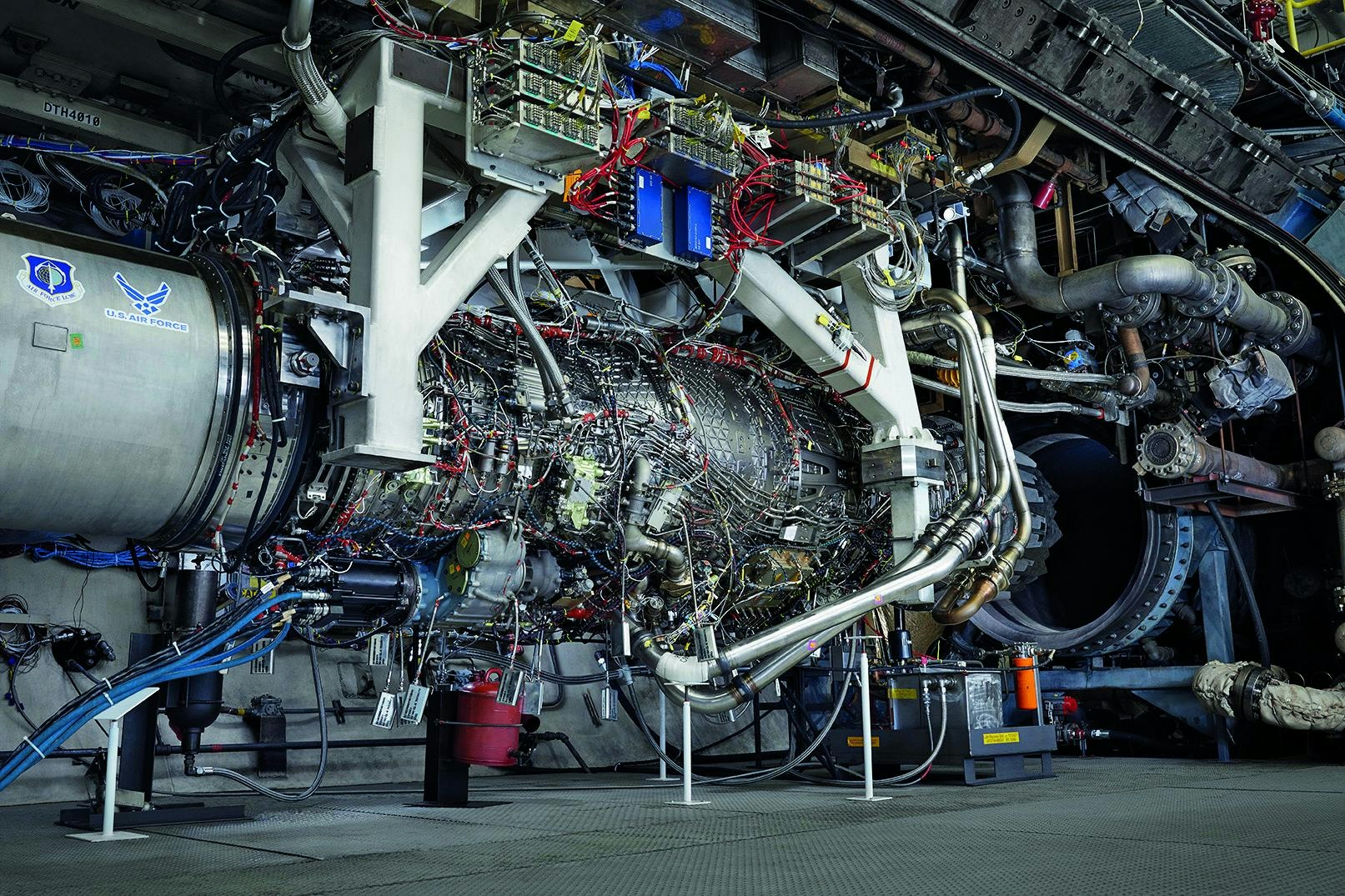
Seven Breakthrough Commercial Aircraft Engines

Can Emirates and United Airlines Help Boeing Outsell Airbus in 2025?
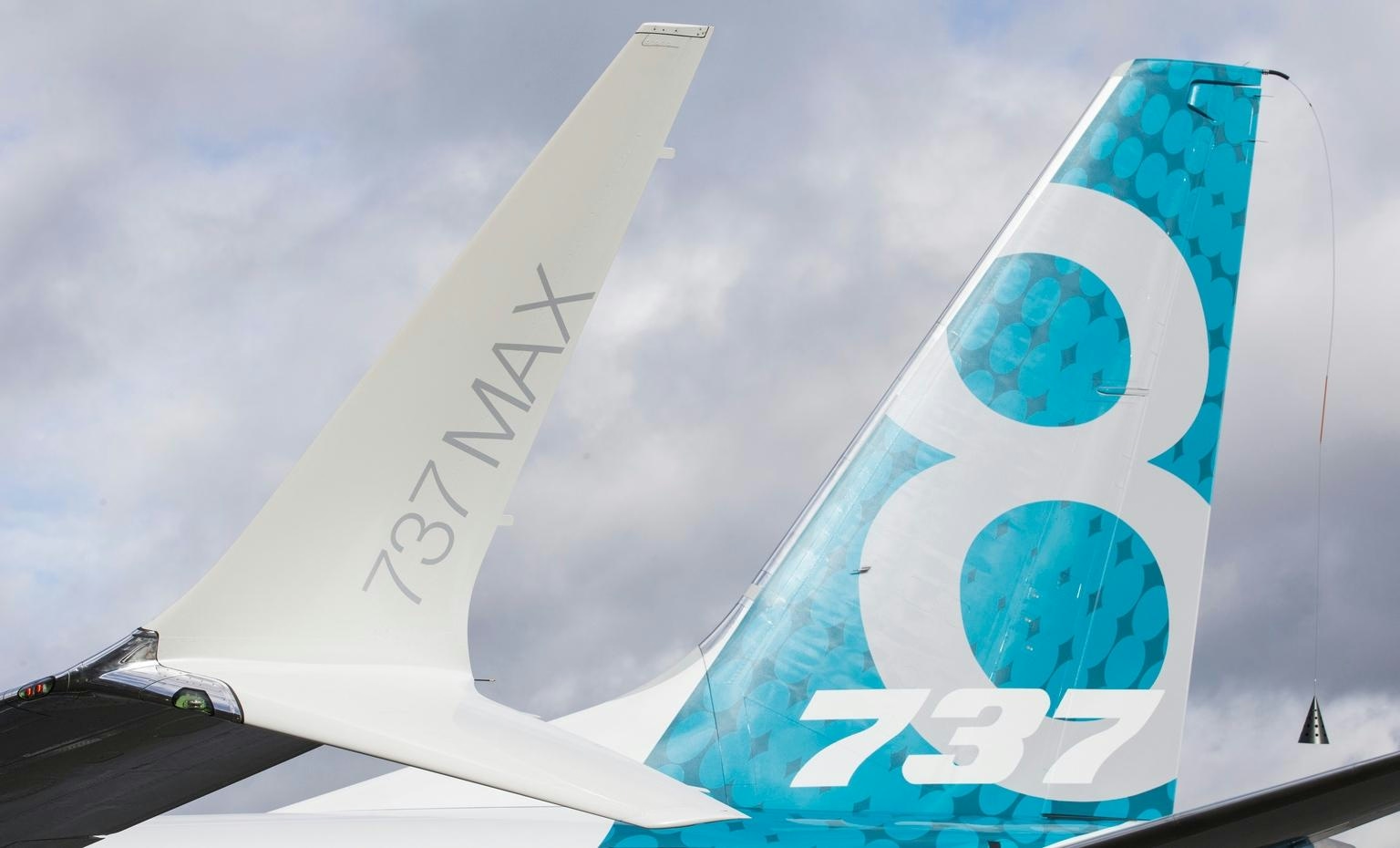
Airbus CEO Acknowledges Boeing May Lead in 2025 Orders

Willis Lease Finance Prices $392.9 Million in Fixed-Rate Notes
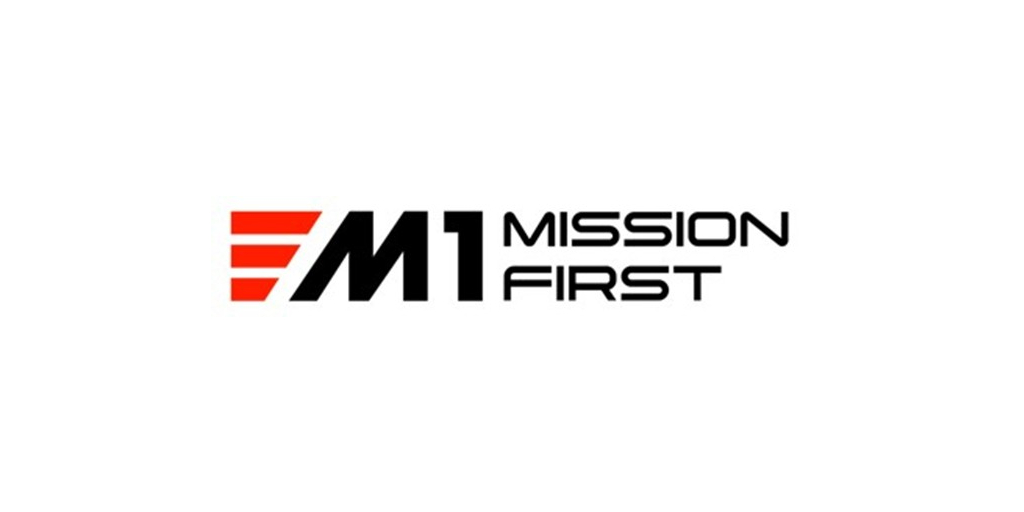
M1 Wins $115 Million Contract for Air Force T-38 Maintenance
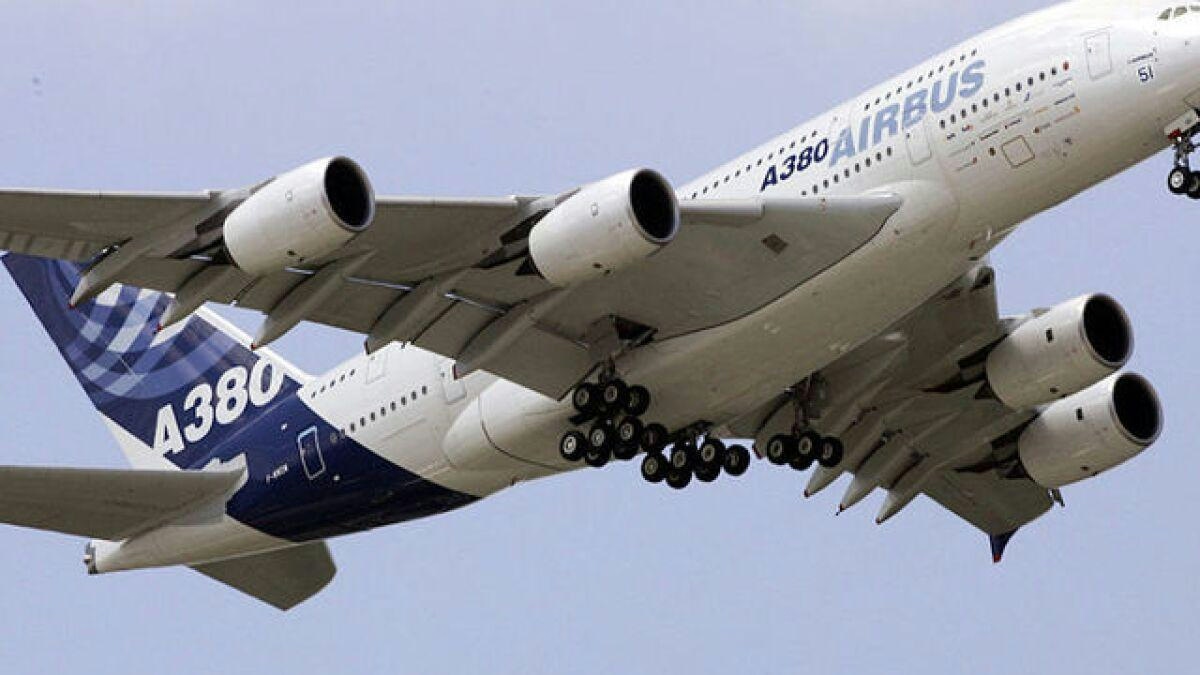
All Four Engines Failed at 37,000 Feet, and the Captain Remained Calm
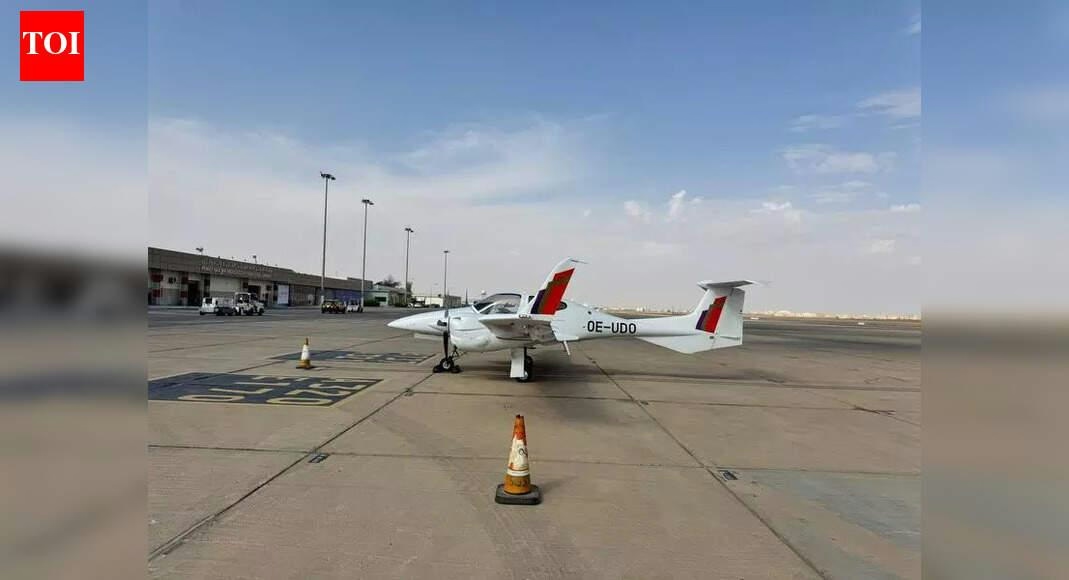
AI Trainer Aircraft Arrive at SVPI in Ahmedabad
